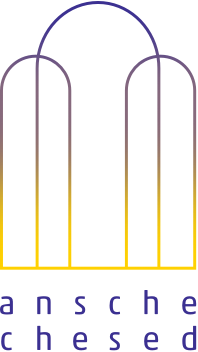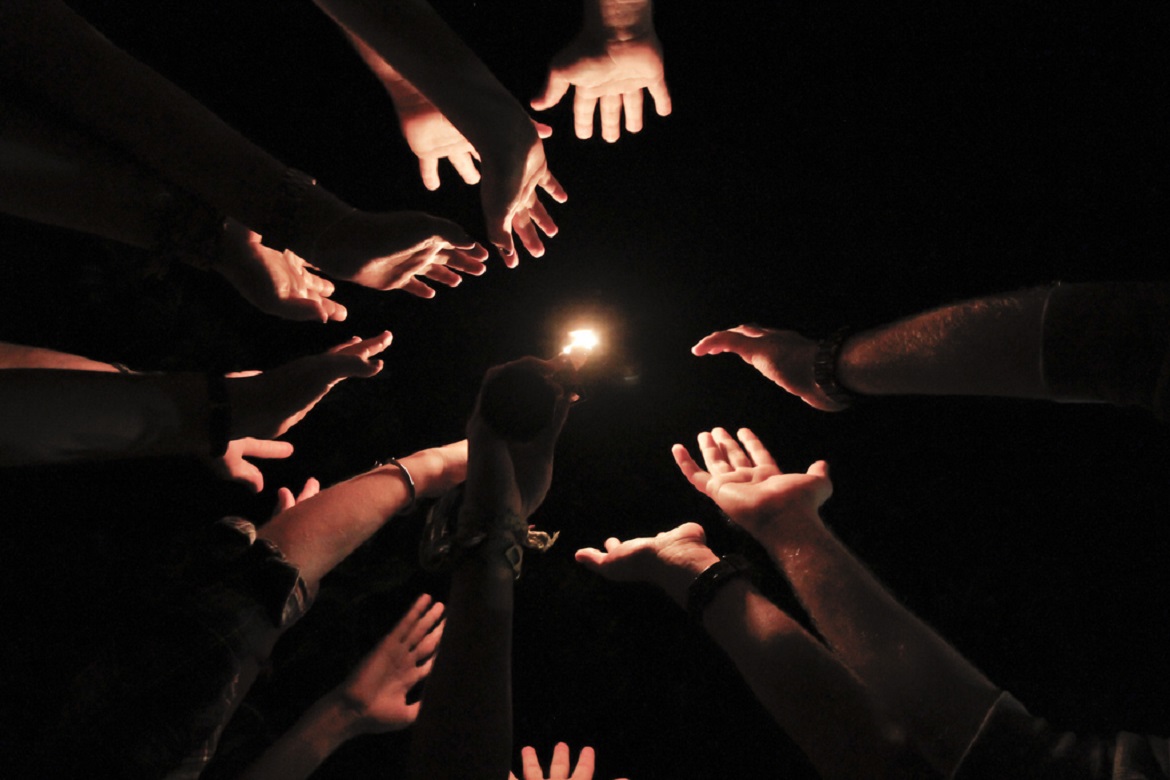Let’s digress from our relentless march through the morning prayer book. This week let’s visit a well-known Jewish custom for Havdalah, the ritual that ends Shabbat, the most beautiful moment in Jewish practice.
Let’s look at our fingernails.
At Havdalah we light candles and recite four blessings, including בורא מאורי האש/borei me’orei ha’esh, “Blessed are You … who creates the lights of the flame,” after which we look at our fingernails in the candle light. A friend and I were talking about this practice this past Saturday night, and our conversation sent me to seek the roots of the ritual and its mystical associations.
A simple Halakhic reason for this custom is that one must benefit from the Havdalah light. How much light is blessing-worthy? It should be luminous enough to enable you to distinguish between two coins [Berakhot 53b, Mishna Berakhot 8.6, Shulhan Arukh OH 298.4]. Looking at your fingernails – perhaps distinguishing where nail begins and flesh ends – verifies that you have indeed enjoyed sufficient light. But why not just use coins?
Looking at your fingernails during Havdalah is quite an old custom. The late midrashic work Pirkei d’Rabbi Eliezer [8th century, ch. 20] mentions it, and R. Hai Gaon [d. 1038, Iraq] reports a charming reason: because fingernails are always growing, looking at them is a good omen for a week of success [Responsa Shaarei Teshuvah 104].
Medieval writers cite a mythic and mystical reason for this practice. To appreciate their explanation, you need a small preface: The Torah states that when Adam and Eve sinned in the Garden of Eden and realized they were naked, God clothed them in כותנות עור/kutnot or, “garments of leather,” to hide their shame. Midrashic interpreters enjoyed a little word play, swapped a letter alef for ayin, and said that up until they sinned, Adam and Eve wore כותנות אור/kutnot or, “garments of light.” “They were smooth as nail and radiant like pearls” [Bereshit Rabbah 20.12]. This midrash appears only to be making a simile, but later writers take it one mythic step further: not just “smooth like nail,” but Adam’s and Eve’s original bodies were really made of keratin, the material we still have on our finger tips.
Jews have always vociferously rejected Christian notions of original sin – the idea that all people bear guilt for Adam’s rebellion. But this is our own Jewish version: at our sinless best, human bodies were once so radiant that their “heels darkened the orb of the sun” [Vayikra Rabbah 20.2] and were planned to live eternally. After sinning, human bodies grew dim, leathery and mortal, destined to decompose in the earth. Is there some way to retrieve our lost radiance?
Now we come to Havdalah. According to Jewish lore, our nails are a little enduring remnant of our bygone Adamic (Evely?) perfection. A simple allusion comes from a medieval legal authority R. Mordecai b. Hillel [1240-1298, Germany]: “We sense the glow of the Havdalah candle in our nails and think of the nails of Adam, who was created entirely of nail [Yoma #723].”
Here is a more expansive, more mystical teaching from Tikkunei HaZohar [approx. 1300, Spain], Introduction, 10b-11a:
The reason they required looking at our nails at Havdalah: Adam was garbed in garments of nail, which were luminous like the clouds of glory. And when he was separated from them, “they knew that they were naked.” Naked in body, breath, soul and spirit. Naked, stripped from the “garments of light,” which are the “lights of the flame.” On Shabbat, these “garments of light” appear to us upon kindling the two wicks of the candles, and they pass from us when Shabbat ends. That is why they required saying the blessing of lights at Havdalah. On Shabbat and holidays, our souls are clothed in those “garments of light,” the prophet [Isaiah 24.15] said: “Therefore, honor God with light…”
Most of the time, sadly, we don’t shine. But, as the Grateful Dead sang, “once in a while you get shown the light, in the strangest of places if you look at it right.” If you know how to glance in the Shabbat candles on Friday evening and again in the braided candle on Saturday night, you just might see it glancing off your shiny fingertips, and you just might sense remember that you have a little bit of Adam’s and Eve’s luminous body still with you.





